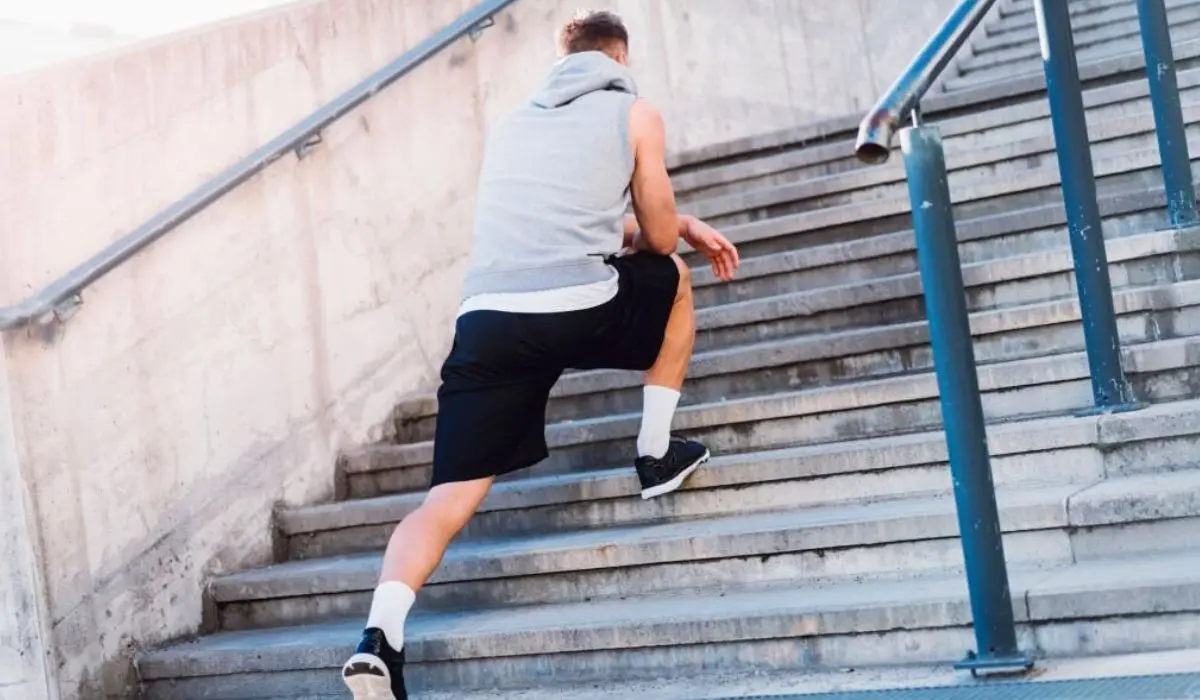Whether you are an athlete, coach, or a sports enthusiast, understanding the protocols for returning to sport after an injury or break is essential. Let’s explore the necessary steps and considerations to return to play policy together. An athlete should follow each step carefully under the supervision of a medical health professional.
Return to play is usually a gradual process that involves many parts. It is a decision-making process about the return of an injured or ill athlete to practice or competition. An athlete will return to the field only after the successful completion of all the steps involved in the return to play(RTP) policy. If any discomfort or new symptoms develop in the injured area, the athlete will not be allowed to return to play.
Steps Involved In The Return-To-Play Protocols
Let’s briefly touch upon a few steps involved in the return-to-play protocols.

- Assessment – Assess the athlete before returning to play, which involves physical exams, imaging, and tests. While undergoing assessment procedures, athletes will be under the strict supervision of a healthcare professional and athletic trainer. This first step will determine whether the athlete fully recovered from the injury or the present condition of the injury that has occurred.
- Rehabilitation – A customized rehabilitation program will be framed if an athlete is undergoing a recovery phase. A personalized rehabilitation program is crucial for the athlete‘s speedy recovery. A medical professional, physical therapist and athletic trainer will help the athlete to regain flexibility, strength, mobility, and health.
- Set goals – The athlete needs to set realistic goals for the return. The athlete has to address the question, Do I want to play at my previous level, or is this just for recreation? The healthcare team will support the athlete to set the goal and to reach it as well.
- Progress – An athlete can not return to play at once. It is a gradual process. Rushing this step will lead to poor recovery and increase the risk of re-injury. Return to play progress will start with light training and activities and slowly move to intense training.
- Monitoring – Trainers and healthcare professionals will continuously monitor the progress of the athlete. They will analyze how the athlete’s body responds to the training. Communication is a key component in the monitoring phase. If the athlete faces any difficulties or discomfort, it should be communicated effectively with the healthcare team.
- Nutrition and hydration – There will be sports nutrition in the healthcare team to ensure the athlete is taking needed nutrition. Diet is crucial for the athlete to regain vitality and performance. Sports nutrition will guide the athlete to follow a particular diet for a speedy recovery.
- Mental health assessment – Sometimes, an injury can happen to an athlete at the wrong time. Athletes may get injured when they are at the top of their performance, it is a common incident in sports. For an athlete, this kind of injury can dwindle the spirit and motivation. Return to play protocol will not overlook the mental health factor. Athletes should recover physically and mentally. It will ensure the athlete’s mental resilience.
- Sport-specific training – As an athlete reaches the final stage of the recovery process, sport-specific training begins. Athletes will start to train for the specific sport of their career. The recovery team will frame personalized training programs according to the demands of the athlete’s sport. It will improve focus, tactics, and strategies before they start to play after the injury.
- Returning to competition – Returning to the play is the next step, once the athletes meet all the goals. They will be physically and mentally ready to play again. An athlete needs to consult with the coach and healthcare team before returning to play.
- Injury prevention – The last step in the return to play policy is injury prevention. The athlete should learn from the experience and avoid the chances of re-injury. Athletic trainers and physical therapists will provide advice regarding the prevention of further injuries. However, injury prevention should be the priority once the athlete returns to play after rehabilitation. Proper warm-up, conditioning, and recovery routines are essential.
Read More:- Managing Patellar Tendonitis In Athletes – How Does It Caused?
Conclusion
Rehabilitation and return to play involve various criteria. All the steps involved in the return-to-play policies are aimed at the timely return of the athlete. A collective effort from the part of health professionals, athletic trainers, physical therapists, sports nutritionists, mental health professionals, and coaches is involved in ensuring the safe return of the athlete.
The team physician will lead the return-to-play process. Injured athletes should also put utmost commitment and dedication into completing all the return-to-play procedures successfully.